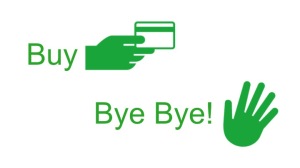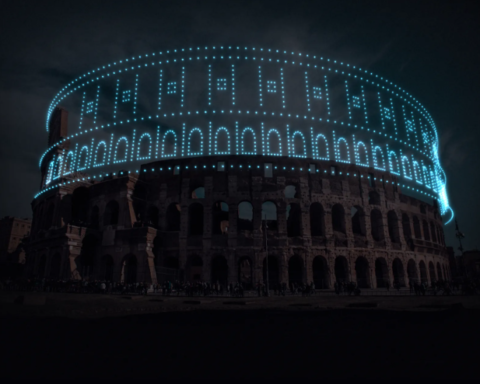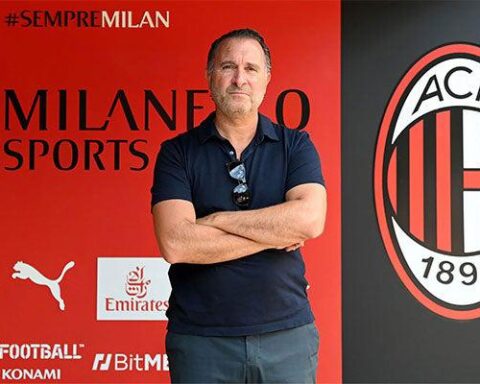Customer experience and shopping experience. The temptation, due to the natural tendency of all human beings to adopt shortcomings in order to find solutions to everyday problems, is to consider those two terms as synonyms, two alternative ways to describe the same entity.
But it is not! Actually, it’s sufficient to stop just one second on those two words to understand that they refer to completely different types of experiences.
Shopping: it’s the moment in which the customer discovers the brand because he encounters a point of sale (close to the street where he lives or online), he evaluates the offer and she purchases the product or the service.
 Customer: the client, the center of our company, the protagonist of all departments, jobs and roles. In the Age of the Customer we are all called to consider this human being the center of our business in order to survive and boost our performance. The Customer Experience (with capital letters since success is granted only to those entities that offer an “ultimate” experience) is the combination of perceptions that the client feels each time he relates to our company. Have you ever woken up in an unknown store and started to visit the facility and purchase something right after? No, since the relationship between brand and customer starts long time before the purchase and finishes later!
Customer: the client, the center of our company, the protagonist of all departments, jobs and roles. In the Age of the Customer we are all called to consider this human being the center of our business in order to survive and boost our performance. The Customer Experience (with capital letters since success is granted only to those entities that offer an “ultimate” experience) is the combination of perceptions that the client feels each time he relates to our company. Have you ever woken up in an unknown store and started to visit the facility and purchase something right after? No, since the relationship between brand and customer starts long time before the purchase and finishes later!
Today, the trend is to focus substantially on the shopping experience: how much effort to catch the attention of buyers with shining stores’ signs, impeccable shop windows, banners on social networks and SEO strategies that compete with the best brands in the world! How much effort, how many hours of training to be sure that internal and external visuals of our points of sale are smooth and flawless! Everything is correct, very correct. In the Age of the Customer, those are important elements to survive on the market.
However, the customer does not stop to think about the brand he interacted with few seconds after he swiped the credit card. No, the client keeps on thinking about the brand even long time after he concludes his shopping experience. For this reason, it’s very important to consider, design, measure and control all perceptions that our protagonist, the client, might fell while he enters in contact with our product, while he uses it and when, sooner or later, he will ask for assistance.
 Let’s pretend to be in a travel agency, we have just purchased, after an enlightening conversation with an experienced operator, a romantic tour for two people to share with our love. Specifically, a tour in the Red Sea during Christmas holidays. Let’s imagine to go back at home and reveal the surprise to our better half. Let’s imagine that this person confesses, with some embarrassment, that she has already visited the Red Sea four times in the last years and she would like to spend Christmas break in Paris. We would run back to the travel agency in order to change the tour. By the time you get there, you realize with consternation that the travel agency is not there anymore, everything is shut down.
Let’s pretend to be in a travel agency, we have just purchased, after an enlightening conversation with an experienced operator, a romantic tour for two people to share with our love. Specifically, a tour in the Red Sea during Christmas holidays. Let’s imagine to go back at home and reveal the surprise to our better half. Let’s imagine that this person confesses, with some embarrassment, that she has already visited the Red Sea four times in the last years and she would like to spend Christmas break in Paris. We would run back to the travel agency in order to change the tour. By the time you get there, you realize with consternation that the travel agency is not there anymore, everything is shut down.
This is the sensation our clients feel when we do not offer a superior Customer Experience but we take care of the shopping experience alone.
As Kerry Bodine stated during the meeting “Outside In Telligence” in Milan, what most companies do to their clients can be summarized with this cynic sentence: my dear customer… “BUY…BYE BYE!”.









